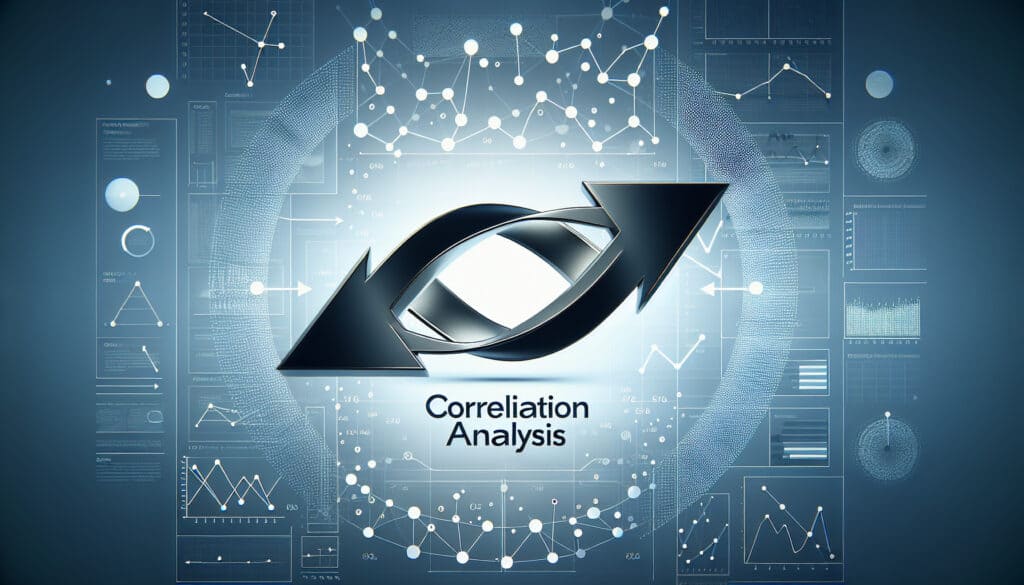A statistical 方法 used to evaluate the strength and direction of the linear relationship between two quantitative variables.
- 方法: 工程, 质量
相关性分析

相关性分析
- 持续改进, 流程改进, 质量控制, 质量管理, 统计分析, 统计过程控制 (SPC), 统计测试
目标
如何使用
- This technique is applied to a set of data points to determine if a change in one variable is associated with a change in another variable, represented by a correlation coefficient (r) from -1 to +1.
优点
- Identifies potential relationships between variables, which can be a starting point for further investigation; provides a single number to summarize the strength of the association.
缺点
- Correlation does not imply causation; it only measures linear relationships and can miss more complex ones; it can be skewed by outliers.
类别
- 经济学, 精益西格玛, 解决问题, 质量
最适合:
- Identifying the statistical relationship between two variables, for example, between production speed and the number of defects.
Correlation Analysis finds extensive application in various industries such as manufacturing, healthcare, finance, and marketing, where understanding relationships between variables can drive significant improvements. In the manufacturing sector, it can aid in monitoring quality control by correlating production speed with defect rates; this allows engineers to adjust workflows and reduce defects. In healthcare, researchers often use correlation to assess relationships between patient factors, such as lifestyle choices and health outcomes, guiding public health initiatives. Within the finance industry, analysts may examine the correlation between economic indicators and stock market performance, helping to refine investment strategies. The methodology is particularly useful during the data analysis phase of projects, where teams comprised of data analysts, engineers, and domain experts collaborate to interpret findings and formulate hypotheses. The initiation of such analyses typically stems from a need to understand underlying patterns in data, prompting teams to gather information from diverse sources and implement statistical tools to identify significant correlations. This approach fosters a data-driven culture within organizations by enabling stakeholders to make informed decisions based on empirical evidence, ultimately identifying opportunities for innovation and improvement across various contexts.
该方法的关键步骤
- Select the variables of interest for analysis.
- Calculate the correlation coefficient (r) using statistical software or tools.
- Interpret the correlation coefficient to determine the strength and direction of the relationship.
- Conduct hypothesis testing to assess the significance of the correlation.
- Examine the scatter plot to visually assess the relationship between the variables.
- Consider potential confounding factors that may influence the relationship.
- Investigate non-linear relationships if initial results suggest correlation.
- Document findings, including the correlation coefficient and significance levels.
专业提示
- Utilize advanced statistical software to validate correlation coefficients and mitigate risks associated with spurious correlations.
- Incorporate control variables into your analysis to isolate the effect of the primary independent variable on the dependent variable.
- Consider using a sliding window approach for time series data to observe how correlation changes over different time intervals.
历史背景
1962
1970
1972
1980
1980
1986
1986
1960
1963
1970
1980
1980
1980
1986
1987
(如果日期不详或不相关,例如 "流体力学",则对其显著出现的时间作了四舍五入的估计)。















相关文章
肌肉骨骼不适调查表
多变量测试(MVT)
多元回归分析
动作捕捉系统
MoSCoW 方法
情绪中值测试